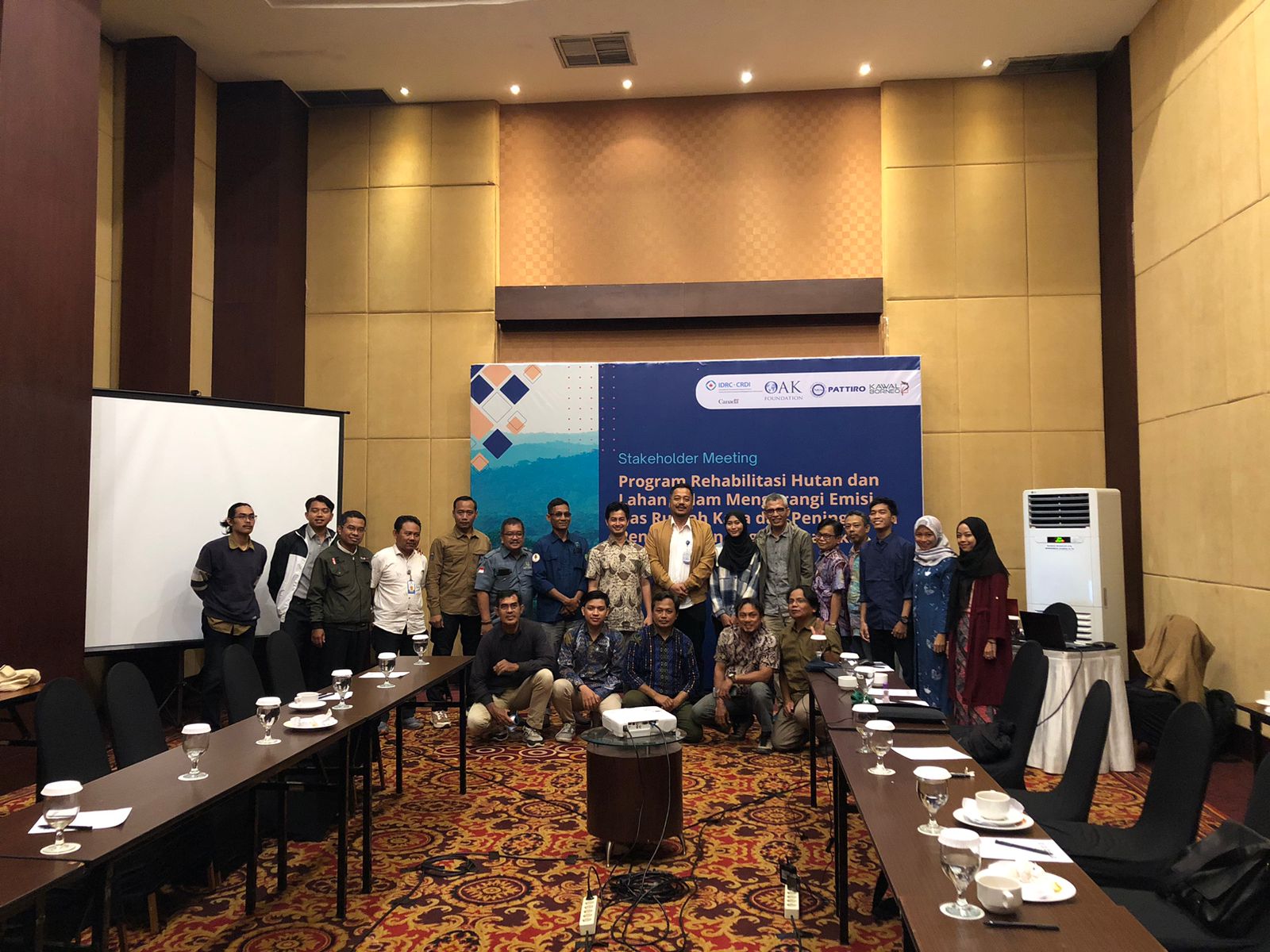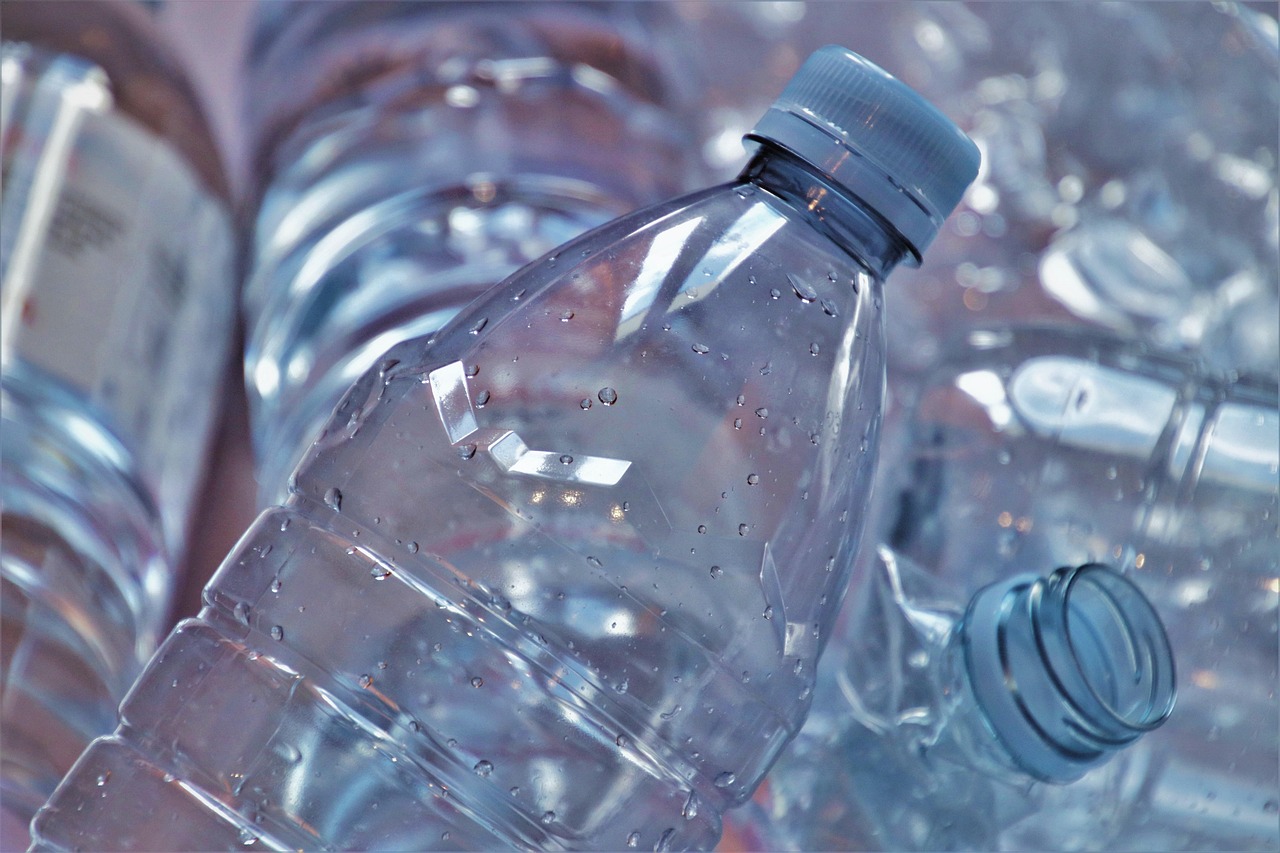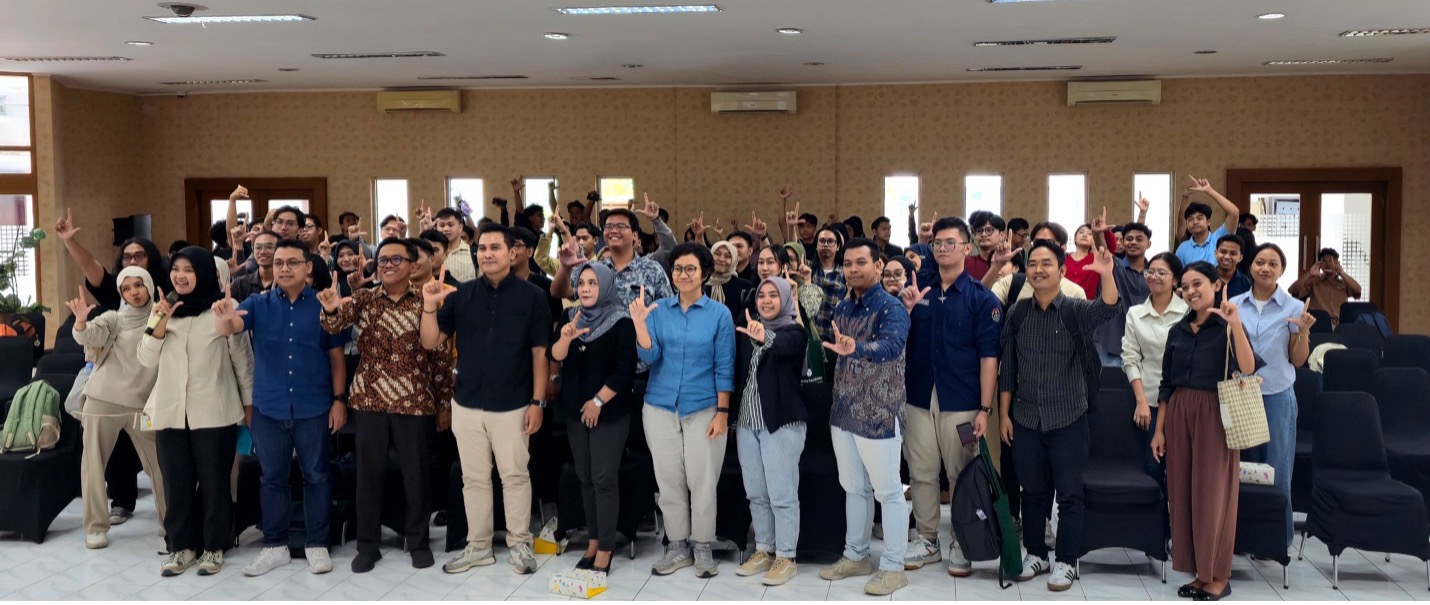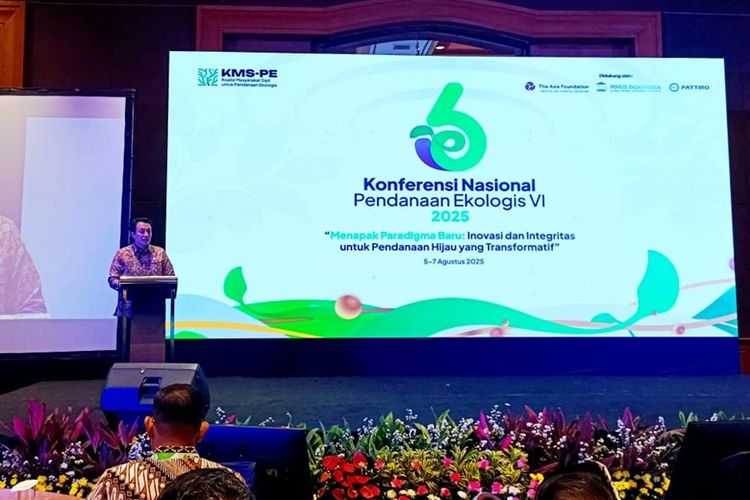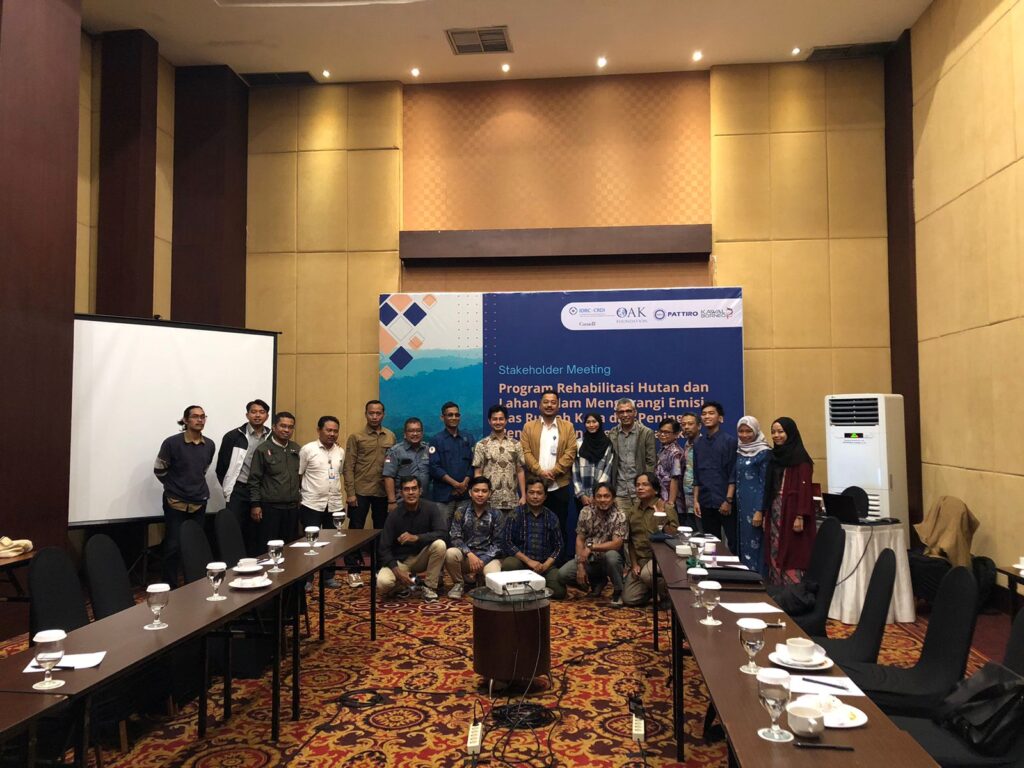
The achievement of East Kalimantan’s SDGs in 2022 is included in indicators both in the economic and environmental pillars. This is a challenge for local governments to maintain the quality and quantity of forest and land areas in East Kalimantan. This statement emerged at a Multi-Party Discussion on the Forest and Land Rehabilitation Program (RHL) carried out by the Regional Research and Information Center (PATTIRO) in collaboration with Kawal Borneo Community Foundation (KBCF) on August 23, 2023 at Aston Hotel Samarinda.
Head of Economic and Natural Resources of East Kalimantan Bappeda, Wahyu Gatut Purboyo explained that there are several efforts to accelerate maintaining the quality of forestry that have been carried out by the local government, namely strengthening the capacity of Forest Management Units (KPH), accelerating Social Forestry, sustainable plantations, and managing high conservation value areas in plantations. This is part of the RHL program in East Kalimantan.
However, the implementation of the RHL program needs to accommodate the economic improvement of the community around the implementation area of the program. “RHL is not only about forests and land, but also improving the community’s economy with regard to tourism management, MSMEs and so on,” continued Wahyu.
A new, more humane approach to nature management is needed and maximizes the role of relevant stakeholders that will enrich the forest and land rehabilitation (RHL) implementation strategy. RHL is not only about land area targets, but also how to encourage community economic improvement. To ensure that plants are well maintained in the community, it is necessary to encourage values that exist in the community that are in accordance with the agenda of implementing sustainable forests.
Ramlan Nugraha, Program Manajer PATTIRO, dalam paparannya menyampaikan temuan dari penelitian PATTIRO yang bertajuk Efektivitas Pelaksanaan Program Rehabilitasi Hutan dan Lahan dalam Mengurangi Emisi Gas Rumah Kaca dan Peningkatan Penghidupan Bagi Masyarakat Sekitar Hutan menunjukkan bahwa RHL dengan metode swakelola dipandang lebih efektif dibadingkan dengan metode kontraktual dalam tiga aspek yaitu lingkungan, ekonomi, dan sosial.
This research is motivated by the government’s commitment to reduce the impact of climate change. The research methodology used is desk study, interview, field observation, and focused discussion for data triangulation. Observations were conducted at six RHL locations in East Kalimantan, namely in East Kutai, Balikpapan, and Berau. These RHL locations have different implementation methods and funding sources. There are two methods of implementation, namely contractual and self-management methods with financing sources from the APBN, APBD, and permit holder companies.
This was confirmed by the Kapala for Watershed Control (PDAS) and the RHL of the East Kalimantan Provincial Forestry Service, Subiyantoro, who complained that in 2021-2022 there was a decrease in the realization of RHL funds for the Reforestation Fund (DBH DR) due to regulatory constraints. “The prospects of RHL with the self-management scheme are the development of non-timber forest products (HHBK), food security, renewable energy, and tourism,” said Subiyantoro.
Several improvement efforts in the implementation of RHL have been carried out by the government, such as strengthening the 2021 Minister of Environment and Forestry Regulation (Minister of Environment and Forestry) in encouraging active community involvement, providing incentives for community groups, and information disclosure regarding RHL data.
Rustman, an academician of the Faculty of Forestry, Mulawarman University who often conducts studies on the RHL program, emphasized that in the RHL program, the budget is absorbed at the end of the year, so that implementation is not optimal. Obstacles to RHL implementation that are often faced, namely difficulties in accessing data, programs are not integrated with development plans in the regions, there are RHL areas that are not on target (not critical land), lack of program evaluation, and mine reclamation areas are included in this program data.
Rustman also added that RHL activities that have been carried out with a project approach and proven to fail in the process have never been evaluated for these activities since the program was initiated by the relevant agencies. RHL activities with this project system continue to be carried out to this day. Location determination still prioritizes accessibility and there is an impression of not paying attention to critical land maps.

